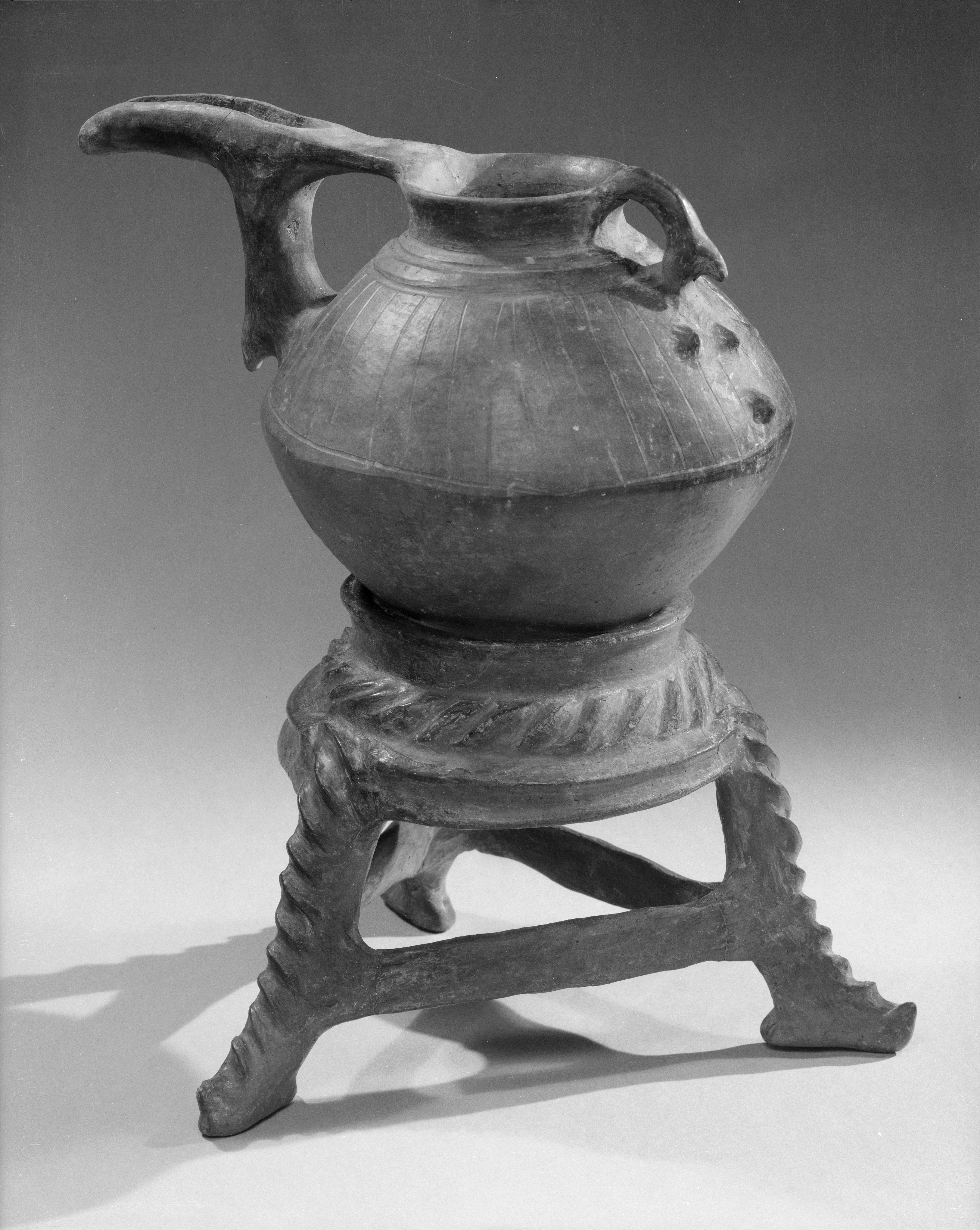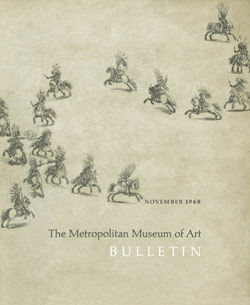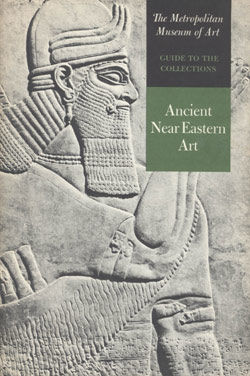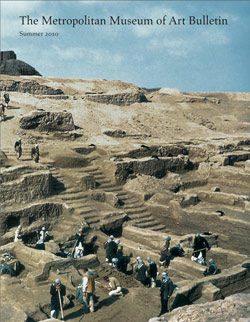Spouted jar
Not on view
Hasanlu in northwestern Iran is best known as the site of a citadel that was destroyed in about 800 B.C., most likely by an army from Urartu coming from eastern Turkey. Thousands of artifacts of terracotta, bronze, iron, gold, silver, and ivory were recovered from the monumental buildings, which were characterized by an elaborate entrance and a large central hall with columns that supported a two-story superstructure.
This gray-ware jar (MMA 60.20.15) and stand (MMA 60.20.16), found in a burial in the cemetery of Hasanlu, is typical of Iron Age pottery of northwestern Iran. The bodies of such vessels are often fluted, gadrooned, or decorated with grooves. The handles are frequently raised higher than the vessel rim with a thumb rest like modern beer mugs. Many other aspects of culture, including architectural form, mode of burial, and style of bronze weapons and small objects, were altered at this time, leading some scholars to suggest a migration of new people into the region at the beginning of the Iron Age.
#7076. Overview: Hasanlu
Due to rights restrictions, this image cannot be enlarged, viewed at full screen, or downloaded.
This artwork is meant to be viewed from right to left. Scroll left to view more.







